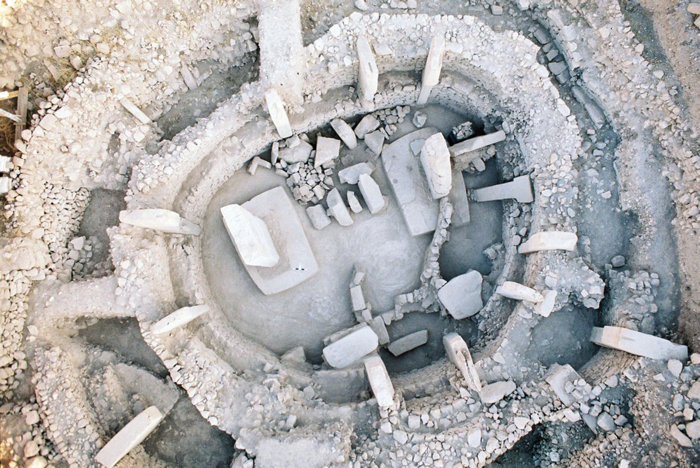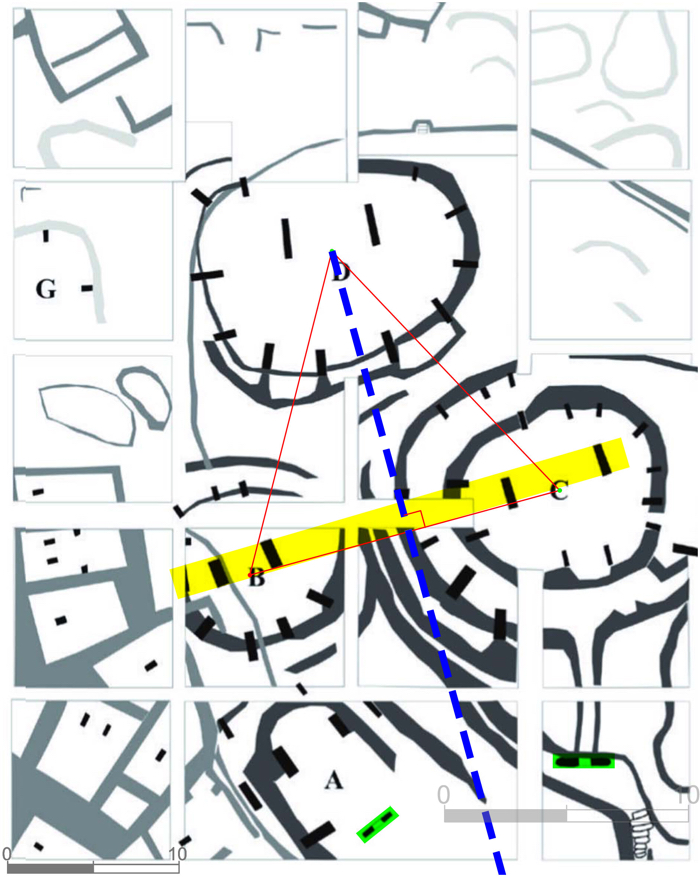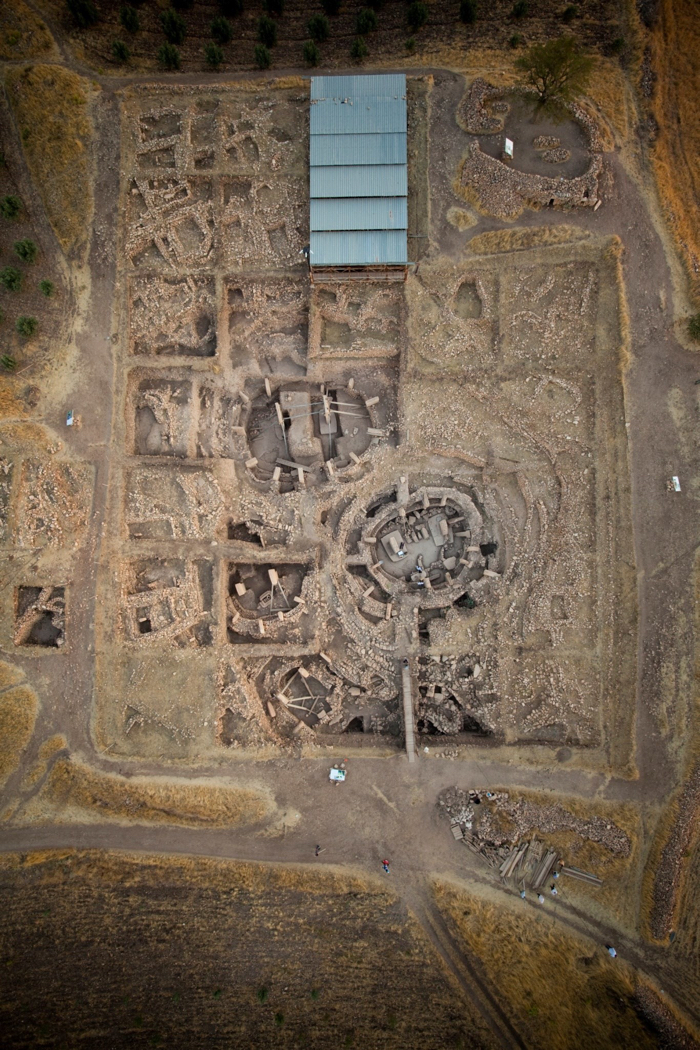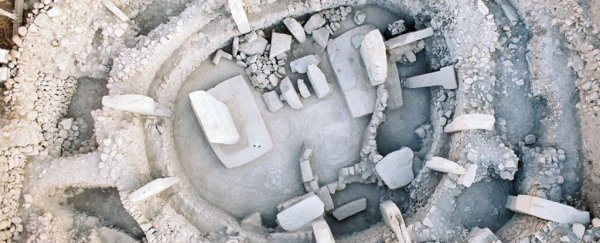A sprawling structure regarded as the world's oldest known temple was designed with an understanding of geometric principles somewhat unusual for the hunter-gatherer cultures thought to have built it, researchers say.
Göbekli Tepe in Turkey, widely viewed as the earliest place of worship ever discovered, is a vast Neolithic complex dated to over 11,000 years ago, but modern humans only stumbled upon this giant relic of Earth's stone-age past in the 1990s.
Pre-dating other megalithic marvels like the Pyramids of Egypt and Stonehenge (both by several thousand years), Göbekli Tepe has been studied intensively ever since it was found, with researchers seeking to learn what the site can tell us about the long-vanished culture who built it.
 Göbekli Tepe, Enclosure C. (Gil Haklay/AFTAU)
Göbekli Tepe, Enclosure C. (Gil Haklay/AFTAU)
Despite the incredible age of the structure, a new analysis suggests that the architects who envisioned the layout of Göbekli Tepe's mysterious pillars and enclosures were far more experienced in planning out geometric structures than we realised.
"Göbekli Tepe is an archaeological wonder," says archaeologist Avi Gopher from the University of Tel Aviv.
"Since there is no evidence of farming or animal domestication at the time, the site is believed to have been built by hunter-gatherers. However, its architectural complexity is highly unusual for them."
According to the researchers, who used a spatial algorithm to measure and analyse the architectural form of Göbekli Tepe's layout, the complex is not made up of separate, unrelated structures, but by linked enclosures and pillars that were designed together according to a single plan – and which might have even been constructed at the same time, in contrast with previous thinking.
Most remarkably, the centre points of three of Göbekli Tepe's most significant spaces, known as Enclosures B, C, and D, appear to be tied together geometrically, based around the underlying pattern of an almost perfectly formed equilateral triangle – a shape that might also suggest a hierarchical relationship and ordering between the enclosures, the researchers suggest.
 Triangular arrangement of Göbekli Tepe's enclosures. (Gil Haklay/AFTAU)
Triangular arrangement of Göbekli Tepe's enclosures. (Gil Haklay/AFTAU)
"I certainly did not expect this," archaeologist and co-author of the study Gil Haklay told Haaretz.
"The enclosures all have different sizes and shapes so the odds that these centre points would form an equilateral triangle by chance are very low."
Such a level of pre-planning – especially thousands of years before the accepted advent of writing – would have necessitated the use and counting of other kinds of markers, such as reeds laid out on the ground to sketch out a makeshift map, the researchers suggest.
The findings could also mean that the amount of muscle needed to realise these ambitious structures could have been much greater than we knew.
"The level of organisation and manpower required for the construction of the megalithic architecture of Göbekli Tepe should be multiplied by three, compared to previous estimations, if our suggestion is simply accepted, since the potential size of a single project at Göbekli Tepe comprised three enclosures in the case presented here," the authors write.
Of course, it's also possible that these complex, geometric blueprints may have simply been built over long time-frames – even centuries, the researchers allow – which could make the scale-up in labour less pressing.
 (Göbekli Tepe Project)
(Göbekli Tepe Project)
As it stands, only a fraction – perhaps as little as 5 percent – of Göbekli Tepe has so far been excavated, and many more enclosures and other kinds of structures are lying in wait beneath the Turkish soil.
No matter what long-forgotten secrets those chambers can tell us, it's clear, the researchers think, that this special site reflects a monumental turning point in human history.
Not just in architectural ability, either, but also in the evolution of a society that could and would engineer such fantastic things, while letting our former, simpler, and perhaps fairer ways fade from view.
"This is where it starts," Gopher told Haaretz.
"The sharing instinct of hunter-gatherer societies is reduced and inequality is growing; someone is running the show – I don't know if it's shamans or political leaders, but this is a society that has an architect and somebody who initiates a project like this and has the power to make it happen."
The findings are reported in Cambridge Archaeological Journal.
